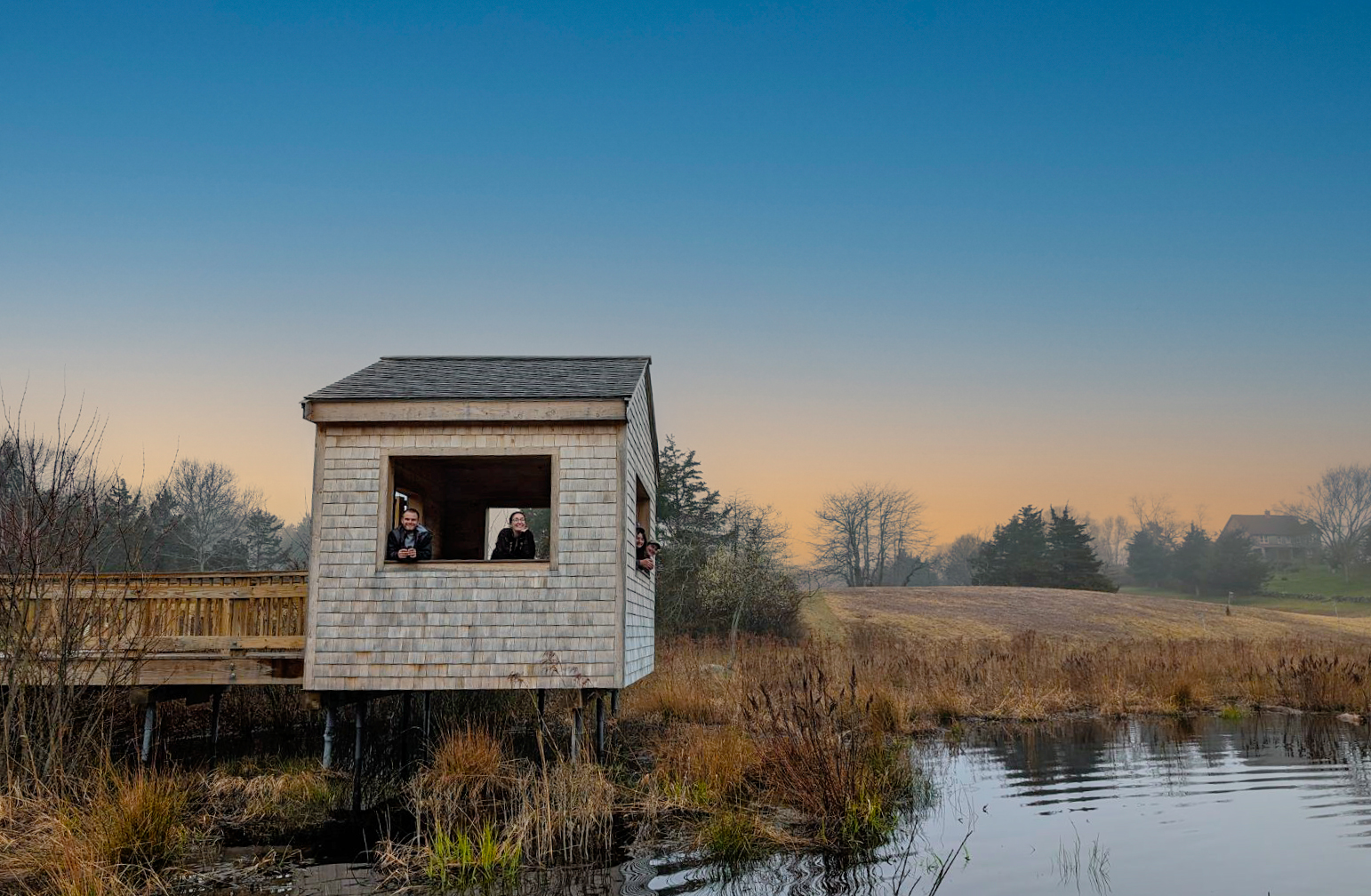The data collected over Manomet’s 40 years of participation in the National Audubon Society’s Christmas Bird Count (CBC) show declining numbers of some wintering waterfowl and large gull species and increasing numbers of southern species expanding their ranges northward with climate change.
During the CBC, volunteers across the United States, Canada and other Western Hemisphere countries go out over any 24-hour period during late December or early January to count birds. They follow specified routes and count every bird they see or hear all day.
The data are collected, compiled and made available online by the National Audubon Society, providing researchers and conservation biologists with a dataset for studying long-term trends in bird populations across North America.
On January 2, Manomet held its annual Christmas Bird Count. Each year, the Manomet team counts birds in the area around the Manomet headquarters office in Plymouth County, Massachusetts. 34 dedicated participants braved snow, below freezing temperatures and strong, gusty winds to take part in this year’s count.
“This year’s tally of 98 species (plus an additional six during count week) was below average and was the lowest number since 1994, which may be due in part to temperatures which peaked at 31º F, strong winds and the moderate snow which persisted all day,” said Banding Director Trevor Lloyd-Evans.
Despite this year’s low species count, the total number of bird species tallied has been steadily increasing in recent years, with species number exceeding the 40-year average for eight of the last ten years.
“While the number of bird species tallied has increased over Manomet’s 40 years of CBC data, the total number of individual birds has been trending steadily downwards,” Lloyd-Evans said. “This year’s total of 6,163 birds, or 112 birds per party hour, was the lowest ever, continuing the decreasing number of individuals seen for the last eight years.”
According to Lloyd-Evans, these declines are driven in part by decreasing numbers of wintering American Black Duck, Common Eider, Canada Goose and large gull species including Herring Gull and Great Black-backed Gull.
Unusual species tallied during this year’s count included two Eastern Phoebes at Tidmarsh Farms, a Savannah (Ipswich) Sparrow on Plymouth Beach, a Yellow-breasted Chat at Jenny Pond and an Iceland Gull at the Plymouth boat launch.

“The six highest all-year species counts included waterfowl (173 Gadwall and 28 Green-winged Teal ), two Snowy Owls, two Eastern Phoebes, 16 Savannah Sparrows and 120 Snow Buntings,” Lloyd-Evans said. “The five record long-term low counts included Herring (291) and Great Black-backed (91) Gulls and Rock Pigeons (22). All of the low counts were doubtless exacerbated by the poor weather.”
In recent years, the Manomet CBC team has counted growing numbers of southern species that are expanding their ranges northward, including Red-bellied Woodpecker, Tufted Titmouse, Carolina Wren and Northern Cardinal. The same trends have been observed in the data collected at Manomet’s landbird banding laboratory over the past 48 years. According to Lloyd-Evans, these range shifts indicate, at least in part, a response to climate change.
Click here to view the full summary report for this year’s Christmas Bird Count.
Click here to learn more about the trends observed over Manomet’s 40 years of Christmas Bird Count participation.
– Haley Jordan





 Back to all
Back to all